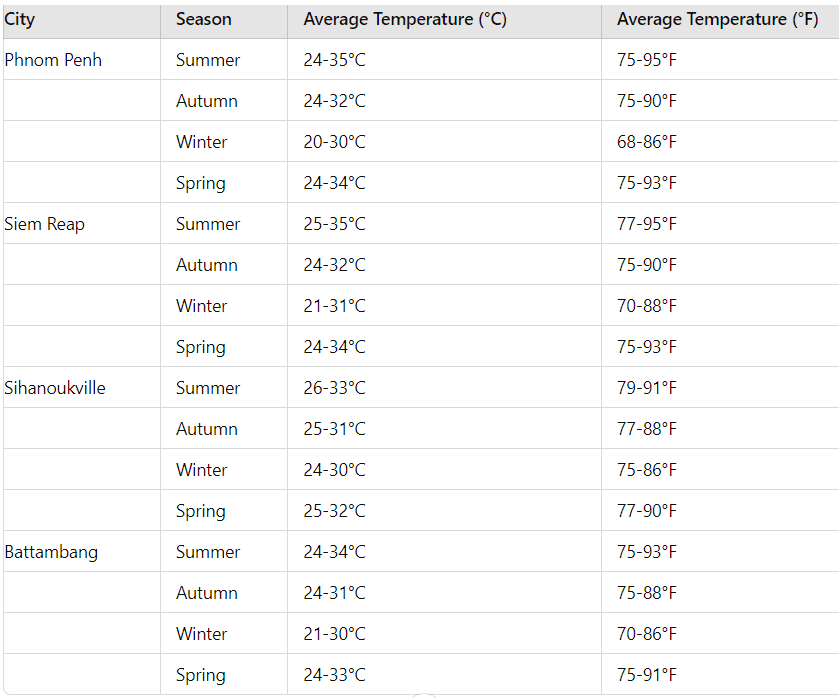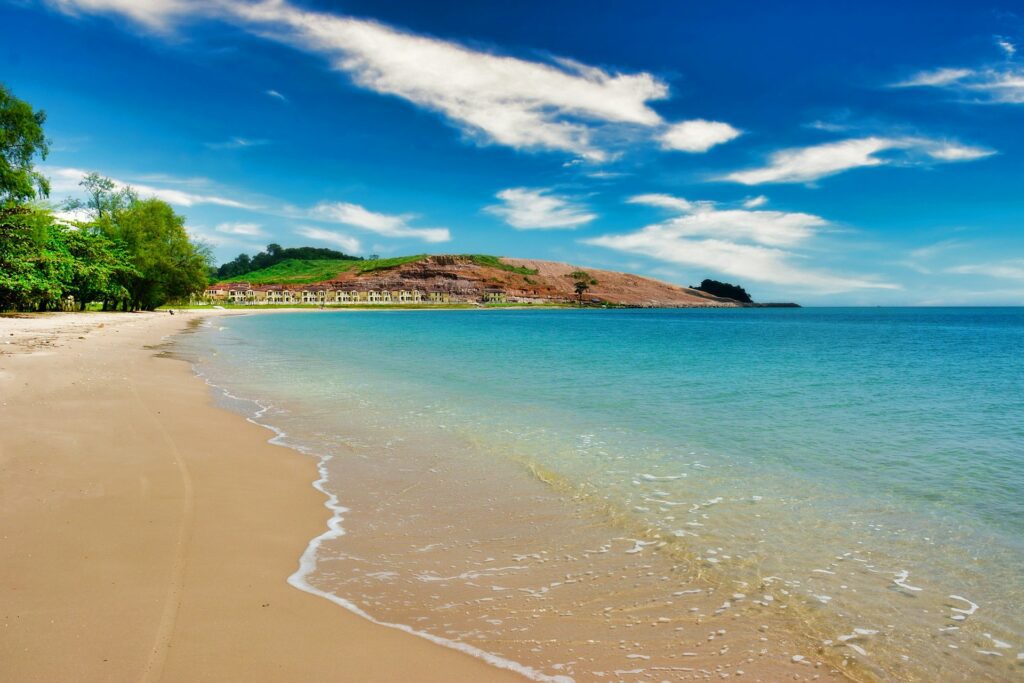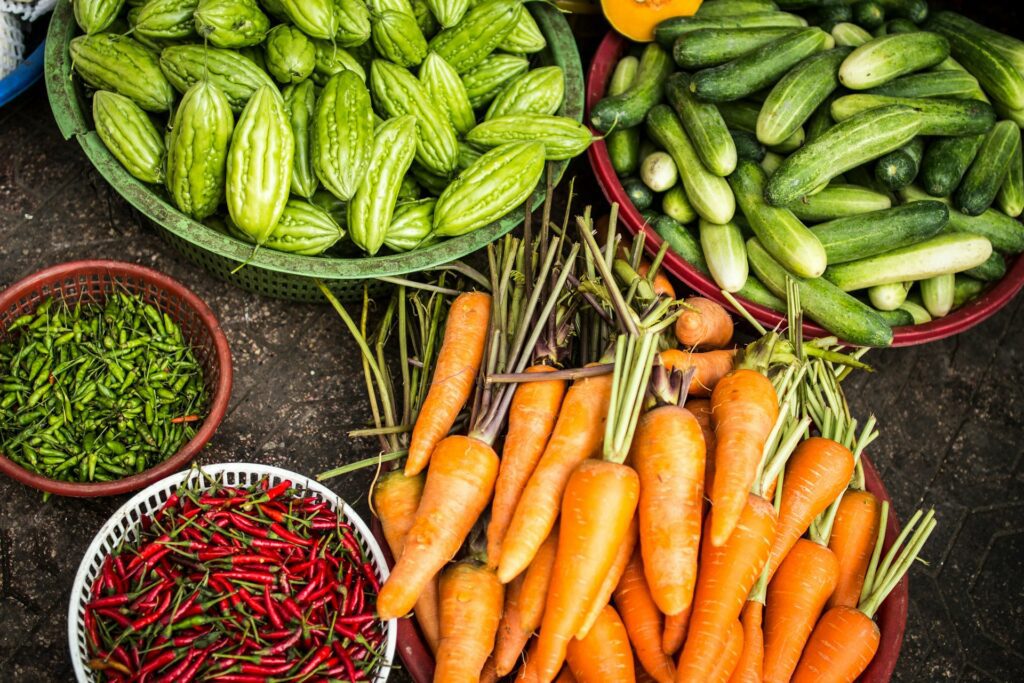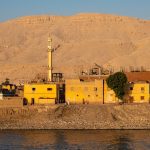Before Your Trip to Cambodia
Planning your trip to Cambodia involves careful preparation to fully enjoy your adventure in this captivating country. Whether you’re exploring ancient ruins, tasting the unique flavors of Khmer cuisine, or experiencing local festivals, being well-prepared will ensure a memorable experience. This guide provides practical advice on weather, packing, cultural customs, and more, helping you explore Cambodia with ease and delight.
The Weather in Cambodia
Cambodia has a tropical climate with two distinct seasons: the dry season and the wet season.
The dry season runs from November to April and is characterized by sunny days, lower humidity, and cooler temperatures, ranging from 20°C to 35°C. This is the best time for travel, especially from November to February when the weather is most comfortable.
The wet season, from May to October, is dominated by the southwest monsoon, bringing heavy rainfall and high humidity. Rain usually comes in short, intense bursts, often in the afternoon or evening. Temperatures during this season range from 25°C to 33°C.
Throughout the year, Cambodia experiences high humidity, often above 70%. Lightweight, breathable clothing, a good quality raincoat or umbrella, and plenty of water to stay hydrated are essential packing items.
Overall, the best time to visit Cambodia is during the cool dry season, particularly from November to February, when the weather is more temperate and conducive to sightseeing and outdoor activities. However, each season has its own charm and can offer different experiences of Cambodia’s rich cultural and natural heritage.

How to Dress in Cambodia – Seasonal Considerations
Dressing appropriately for Cambodia’s climate is crucial for comfort and practicality. Understanding the seasonal variations will help you pack the right clothing for your trip.
Spring (March to May)
Spring in Cambodia is hot and can be humid. Lightweight, breathable clothing is essential. Pack light fabrics like cotton and linen, and include a hat and sunglasses for sun protection. A light rain jacket might also be handy for unexpected showers.
Summer (June to August)

Summer is part of the wet season in Cambodia. While it remains hot, frequent rain showers occur. Waterproof clothing, including a light rain jacket, and quick-drying fabrics are ideal. Don’t forget insect repellent to ward off mosquitoes.
Autumn (September to November)
Autumn still experiences some rainfall but starts to cool down slightly. Layering is key, with light, breathable clothes during the day and a light sweater or jacket for cooler evenings. A good pair of waterproof shoes will keep your feet dry during occasional downpours.
Winter (December to February)
Winter is the dry season and the most pleasant time to visit Cambodia. The weather is cooler but still warm. Pack light clothing for the day and a jacket or sweater for the evenings. Comfortable walking shoes are a must for exploring temples and cities.
The Currency in Cambodia
The official currency of Cambodia is the Cambodian Riel (KHR), but US dollars are widely accepted and often preferred for larger transactions. It’s common to receive small change in Riel when paying in dollars. ATMs are readily available in major cities and tourist areas, dispensing both Riel and USD. Credit and debit cards are accepted in many hotels, restaurants, and shops, but carrying some cash is advisable, especially for rural areas.
Where to Exchange Money in Cambodia?
Currency exchange services are available at airports, banks, and exchange bureaus in major cities. ATMs are a convenient option, but check with your bank regarding foreign transaction fees. It’s advisable to exchange money at reputable places to get better rates. Hotels and local markets may offer currency exchange, but the rates might not be as favorable.
Tips for Exchanging Money in Cambodia
Compare exchange rates and fees to get the best deal. Using ATMs often provides good rates, but be aware of any foreign transaction fees your bank may charge. Avoid exchanging large sums at airports or tourist spots, where rates may be less favorable. Carrying a mix of US dollars and Cambodian Riel ensures you’re prepared for various situations.
The Language in Cambodia
Khmer, also known as Cambodian, is the official language of Cambodia and is spoken by nearly 90% of the population. English is widely used in tourist areas, major cities, and by younger generations, making it relatively easy for travelers to communicate basic needs. In rural areas, however, English may not be as commonly spoken, so learning a few key phrases in Khmer can be very helpful and appreciated by locals.
The Necessary Documents and Emergency Contacts
Visa and Passport
To enter Cambodia, you need a valid passport with at least six months of validity beyond your planned departure date. Many nationalities can obtain a visa on arrival or apply for an e-visa online before traveling. Check the specific visa requirements for your country to ensure you have the necessary documents.
Travel Insurance
You must have travel insurance with a minimum medical, evacuation and repatriation coverage of US$50,000 covering all applicable dates of travel with the Tour Operator. This insurance must cover personal injury and emergency medical expenses. On the first day of each Tour, a representative of the Tour Operator will verify that you have sufficient insurance in place. You are strongly recommended to extend your coverage to include cancellation, curtailment, and all other expenses that may arise as a result of loss, damage, injury, delay or inconvenience while traveling. You acknowledge that insurance coverage is not included in the cost of any Tour offered by the Tour Operator, and you are required to obtain separate coverage at an additional cost. It is your responsibility to ensure that you have sufficient coverage and comply with the terms of the applicable insurance plans. You are responsible for advising your insurer of the type of travel, destination(s) and activities included in your booking so that the insurer may provide appropriate coverage.
Travel Vaccines for Cambodia
No specific vaccinations are required to enter Cambodia, but it’s recommended to be up-to-date on routine vaccines such as measles, mumps, rubella (MMR), diphtheria, tetanus, and pertussis (DTP), and influenza. Hepatitis A, hepatitis B, and typhoid vaccines are also recommended. Consult with a healthcare provider at least six weeks before your trip to discuss any additional vaccines you might need.
Essential Emergency Numbers in Cambodia
In case of emergencies, it’s important to know the local emergency numbers:
- Police: 117
- Fire: 118
- Ambulance: 119
Additionally, keep the contact details of your embassy or consulate in Cambodia handy.
Vegetarian, Vegan, and Gluten-free Eating in Cambodia

Cambodia’s culinary landscape is evolving, with increasing awareness and accommodation of vegetarian, vegan, and gluten-free diets. In major cities like Phnom Penh and Siem Reap, you will find a growing number of restaurants and cafes that cater to these dietary preferences. Many establishments now offer clearly marked vegetarian and vegan options on their menus.
Traditional Cambodian cuisine includes many vegetable-based dishes, such as stir-fried vegetables, fresh salads, and soups. However, fish sauce and shrimp paste are commonly used in cooking, so it’s important to communicate your dietary restrictions clearly.
For gluten-free dining, it is advisable to carry a card explaining your dietary needs in Khmer to ensure clear communication. Supermarkets in larger cities often stock gluten-free products, dairy-free alternatives, and a variety of fresh fruits and vegetables. While dining options are expanding, those with strict dietary requirements should plan ahead, especially when traveling to more remote areas where choices may be limited.
By being prepared and proactive, you can enjoy a diverse and delicious culinary experience in Cambodia that aligns with your dietary needs.
Do’s and Don’ts in Cambodia
Do’s
Respect the Local Culture, Dress modestly, especially when visiting temples.
Greet with a Smile, Cambodians are friendly and appreciate a warm greeting.
Remove Shoes, Always take off your shoes before entering homes and temples.
Try Local Foods, Be open to sampling traditional Khmer dishes.
Don’ts
Avoid Touching Heads, The head is considered sacred, so avoid touching people’s heads.
Don’t Point, Pointing is considered rude; use your whole hand instead.
Avoid Public Displays of Affection, This is frowned upon in Cambodian culture.
Don’t Raise Your Voice, Speak softly and calmly, even if you are frustrated.
What to Pack for Cambodia?
Travel Adapter for Cambodia
Cambodia uses three types of power plugs: Type A, Type C, and Type G. The standard voltage is 230V, and the frequency is 50Hz. Type A plugs have two flat parallel pins, Type C plugs have two round pins, and Type G plugs have three rectangular prongs in a triangular pattern.
For travelers, a universal travel adapter is highly recommended to accommodate the different plug types. Additionally, it’s a good idea to bring a power strip if you have multiple devices to charge, as it will allow you to use one adapter for several devices. Ensure your electronics can handle 230V; if not, you may need a voltage converter. Many modern electronic devices, like laptops and phone chargers, are designed to work with a range of voltages, but always double-check to avoid damaging your equipment.
Wifi Access and Mobile Connectivity in Cambodia
WiFi is readily available in most urban areas, including Phnom Penh, Siem Reap, and Sihanoukville. Many hotels, cafes, and restaurants offer free WiFi, though the speed and reliability can vary. Public places like airports and shopping centers also typically provide WiFi access.
For more reliable internet connectivity, especially if you plan to travel to rural areas, consider purchasing a local SIM card. Major mobile network providers in Cambodia include Cellcard, Smart, and Metfone. These providers offer various prepaid plans with affordable data, call, and text packages. To purchase a SIM card, you will need to show your passport. Ensure your phone is unlocked before traveling to Cambodia to avoid any compatibility issues with the local SIM cards.
Having a local SIM card not only provides better internet access but also allows you to use local ride-hailing apps and stay connected with maps and translation services, which can be very useful for navigating and communicating.
In Your Suitcase
Lightweight Clothing, Pack breathable fabrics suitable for hot weather.
Comfortable Shoes, Essential for walking around temples and cities.
Sun Protection, Bring a hat, sunglasses, and sunscreen.
Insect Repellent, Important for warding off mosquitoes.
Medications, Any necessary prescriptions and basic first-aid items.
In Your Daypack
Water Bottle, Stay hydrated in the hot climate.
Rain Jacket or Umbrella, For unexpected rain showers.
Snacks, Energy bars or fruits for quick refreshment.
Camera, To capture the beautiful sights.
Guidebook, Or a travel app for information on attractions.










